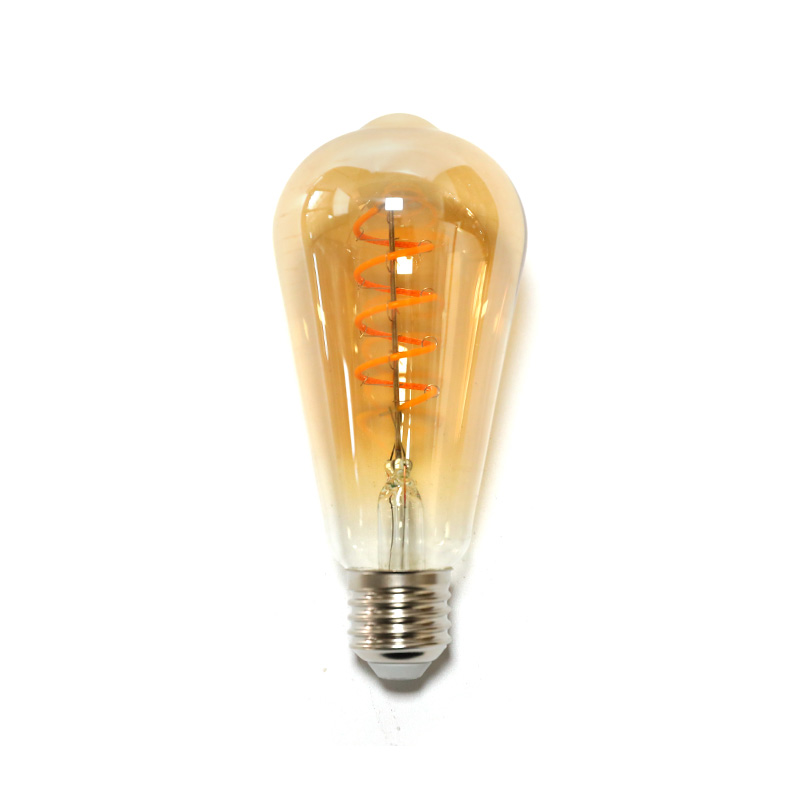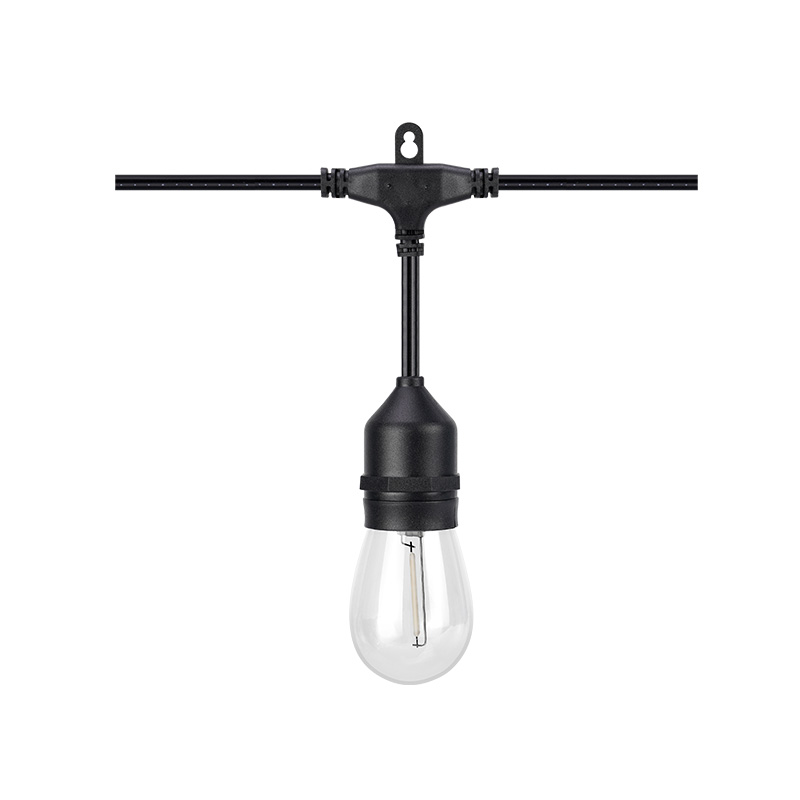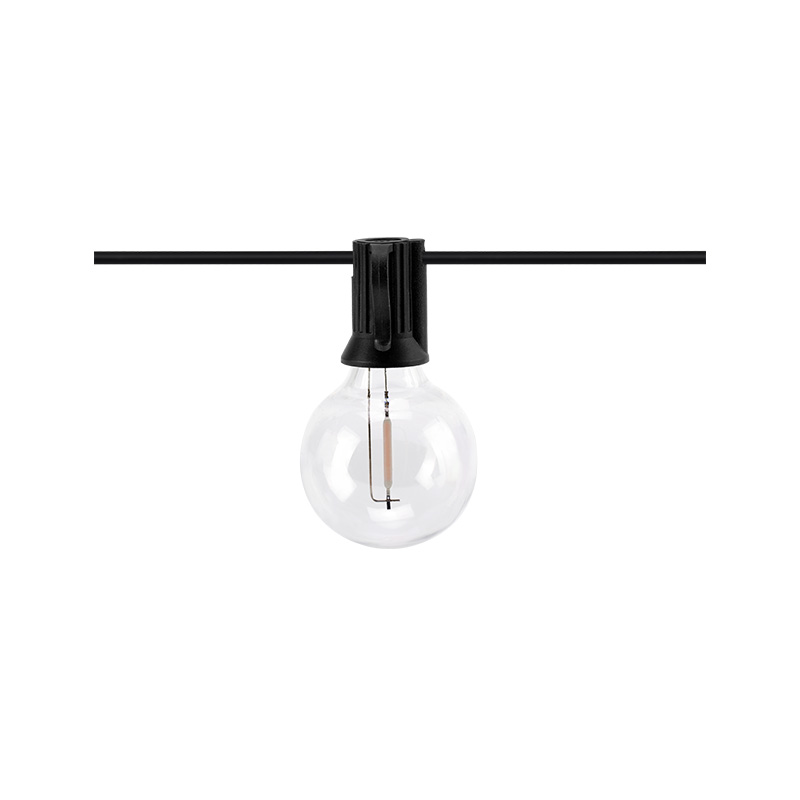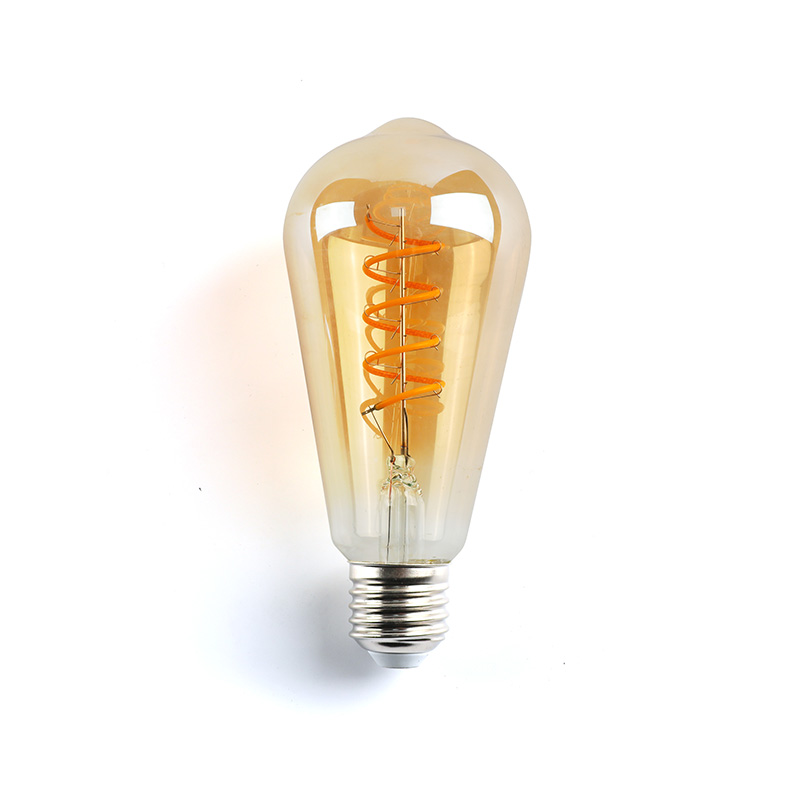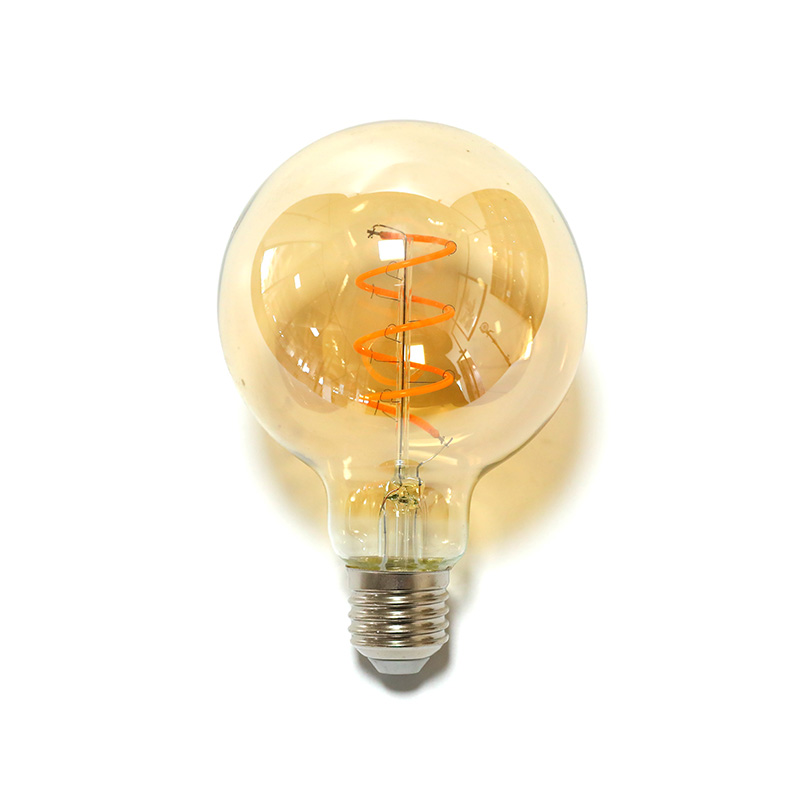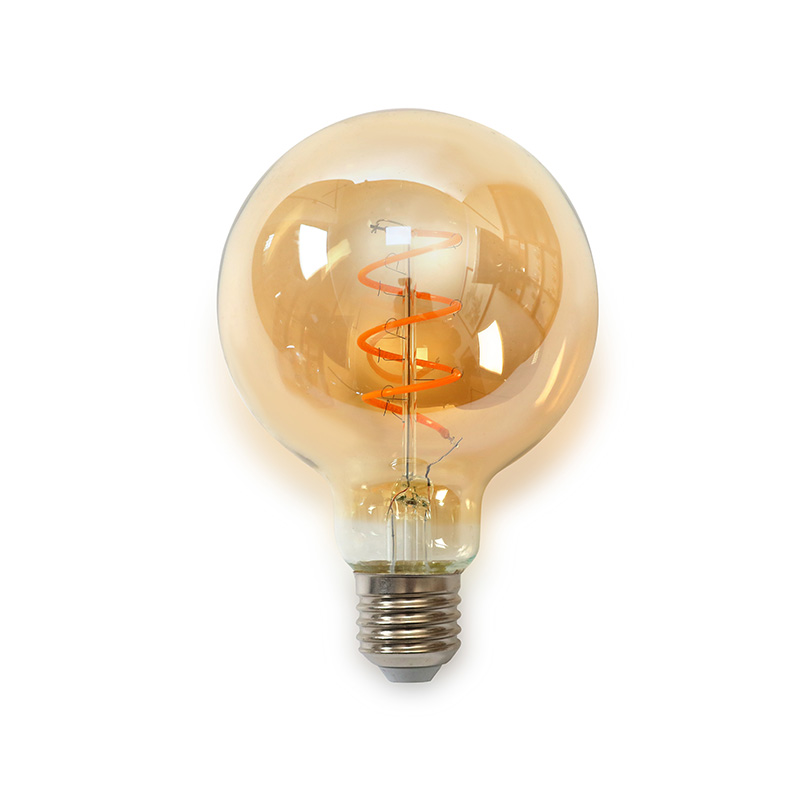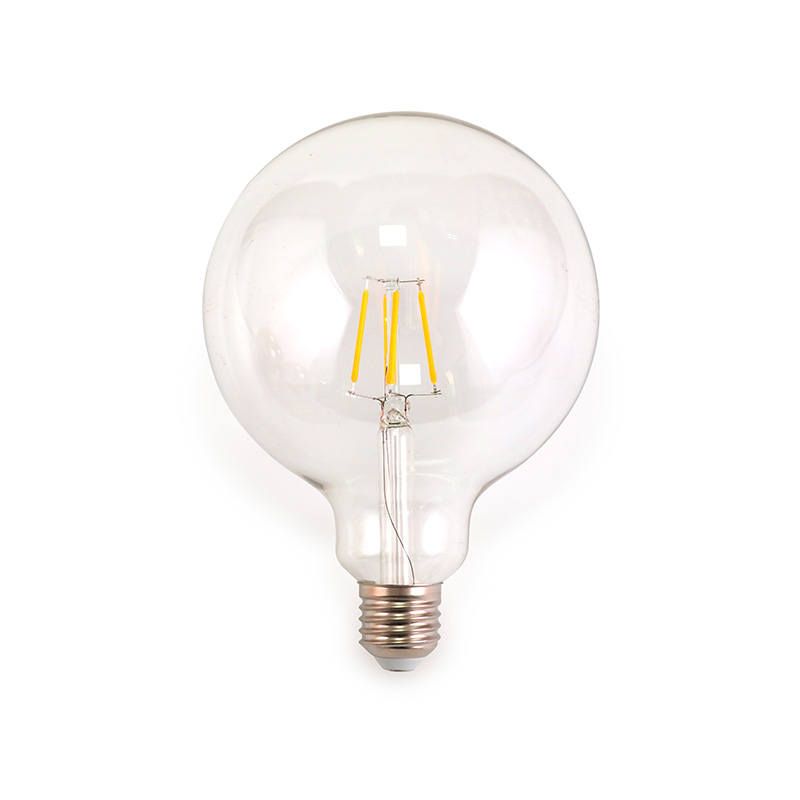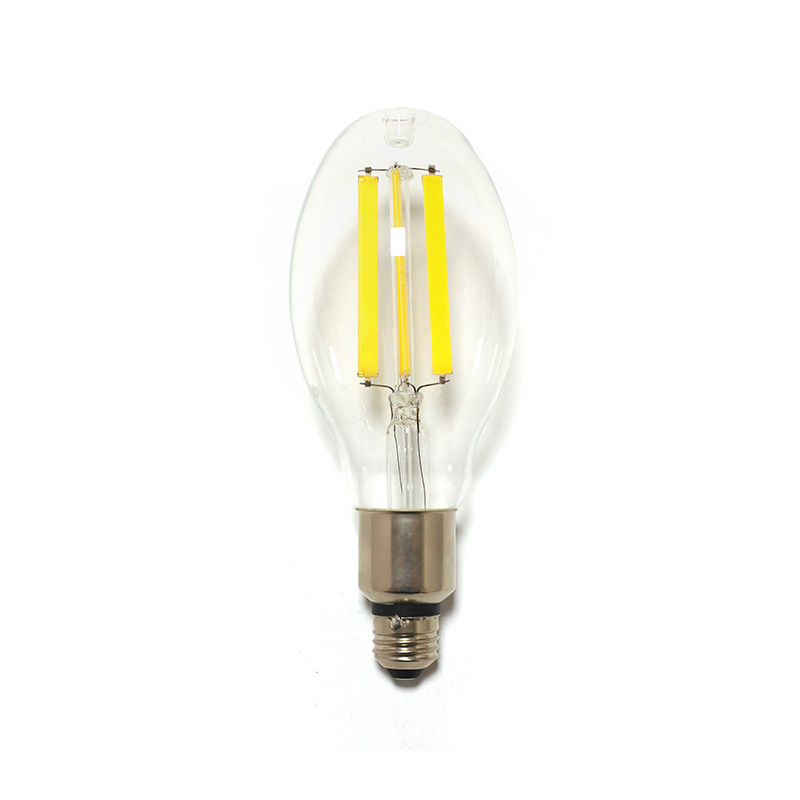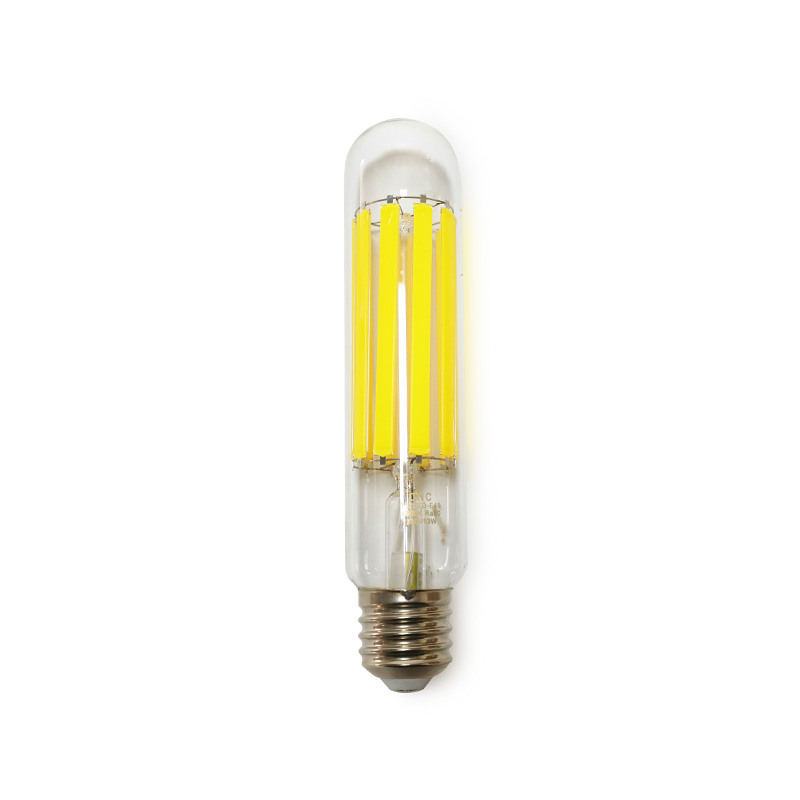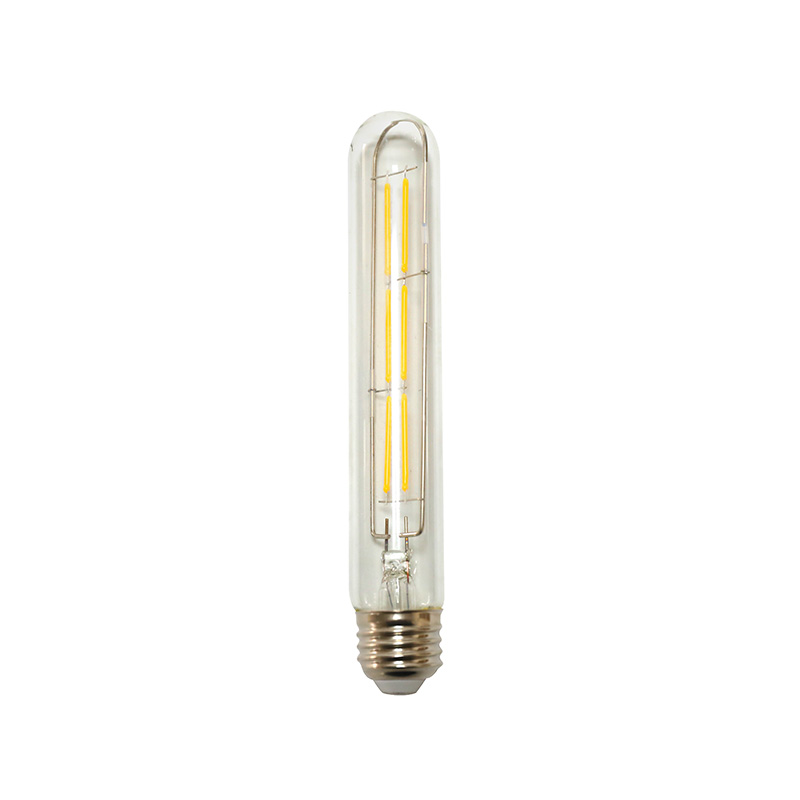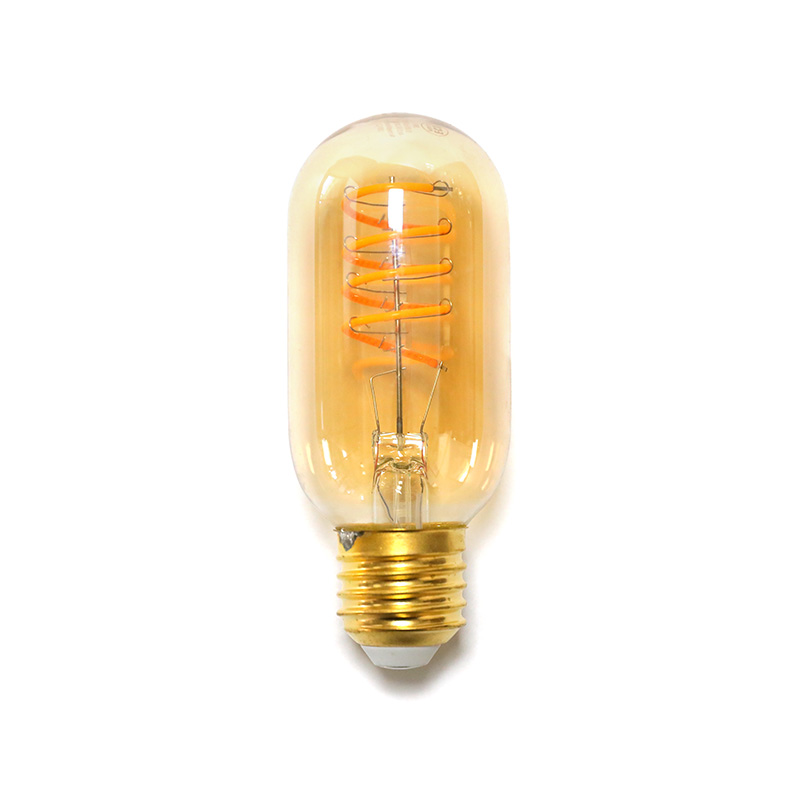Collectors and homeowners alike often search for screw-in antique lamp bulbs to restore vintage lamps or create a nostalgic ambiance. Unlike modern bulbs, these historical lighting pieces require special knowledge to identify, replace, and maintain properly. This guide covers everything you need to know about vintage Edison screw bulbs, including their history, common sizes, and where to find authentic replacements.
The History of Screw Base Antique Light Bulbs
The screw base light bulb was patented in the late 19th century and quickly became the standard for electric lighting. Early antique screw thread bulbs featured carbon filaments before transitioning to tungsten. These bulbs were often hand-blown with visible filaments, creating the distinctive "Edison bulb" look that remains popular today in reproduction vintage lighting.
Key characteristics of authentic old fashioned screw in bulbs include:
- Thicker glass than modern bulbs
- Visible filament structures
- Brass or copper base materials
- Lower wattage ratings (typically 25-60 watts)
- Softer, warmer light output
Identifying Screw Base Sizes in Antique Bulbs
One of the biggest challenges with vintage screw base light bulbs is determining the correct size. Unlike modern bulbs that primarily use the standard E26 base, antique lamps may require different screw base sizes. The table below shows the most common antique bulb base types:
| Base Designation | Diameter (mm) | Common Name | Typical Use |
| E10 | 10mm | Miniature Screw | Christmas lights, small appliances |
| E12 | 12mm | Candelabra | Chandeliers, sconces |
| E17 | 17mm | Intermediate | Appliances, ceiling fans |
| E26 | 26mm | Medium | Standard household lamps |
| E39 | 39mm | Mogul | Industrial lighting |
Where to Find Replacement Antique Screw Base Bulbs
Locating authentic replacement screw base bulbs for antique lamps can be challenging but rewarding. Consider these sources:
- Antique lighting specialists - Stores that focus on vintage lighting often carry reproduction bulbs
- Architectural salvage yards - These may have NOS (new old stock) bulbs
- Online marketplaces - Search for "vintage style screw base bulbs" or "Edison reproduction bulbs"
- Local lamp repair shops - Often maintain supplies of hard-to-find bulbs
Converting Antique Lamps to Modern Screw Bases
If you're struggling to find original antique light bulbs with screw bases, conversion may be an option. Professional lamp restorers can often:
- Replace the original socket with a modern E26 base while preserving the lamp's appearance
- Install voltage reducers for lamps originally designed for lower voltages
- Add LED adapters that maintain the vintage look with modern efficiency
Caring for Antique Screw Base Light Bulbs
Proper maintenance extends the life of your old screw in light bulbs:
- Always handle by the base, not the glass
- Clean gently with a dry microfiber cloth
- Avoid frequent on/off cycling which stresses filaments
- Use a voltage regulator if your home has fluctuating current
- Store extras in original packaging with padding
Safety Considerations for Vintage Bulbs
When working with antique screw thread light bulbs, keep these safety tips in mind:
- Check for cracked glass or loose bases before installation
- Verify the bulb's wattage doesn't exceed the lamp's rating
- Inspect wiring in antique lamps for deterioration
- Consider using heat-resistant gloves when handling bulbs that have been on
- Keep flammable materials away from bulb surfaces
Conclusion
Whether you're restoring an authentic period lamp or simply love the warm glow of vintage screw base light bulbs, understanding these historical lighting components ensures you can enjoy them safely and authentically. By measuring base sizes carefully, sourcing quality replacements, and maintaining your bulbs properly, you can preserve the charm of antique lighting for years to come.

 English
English русский
русский